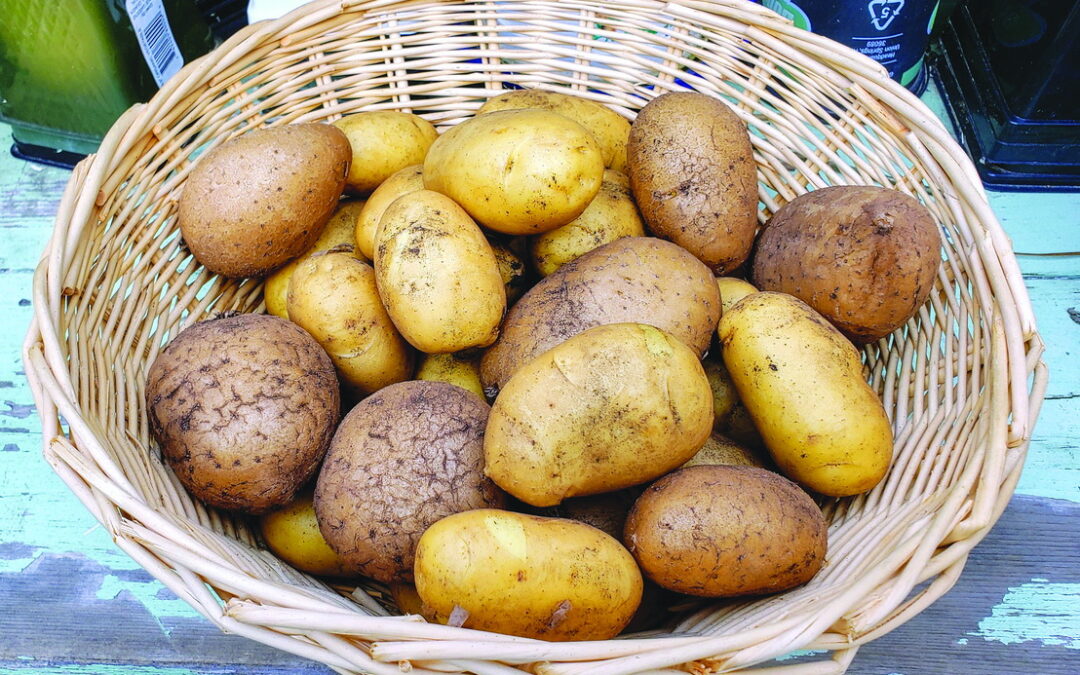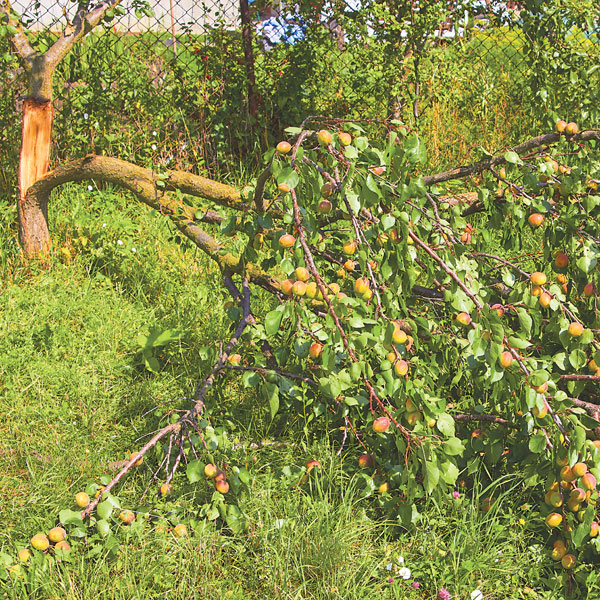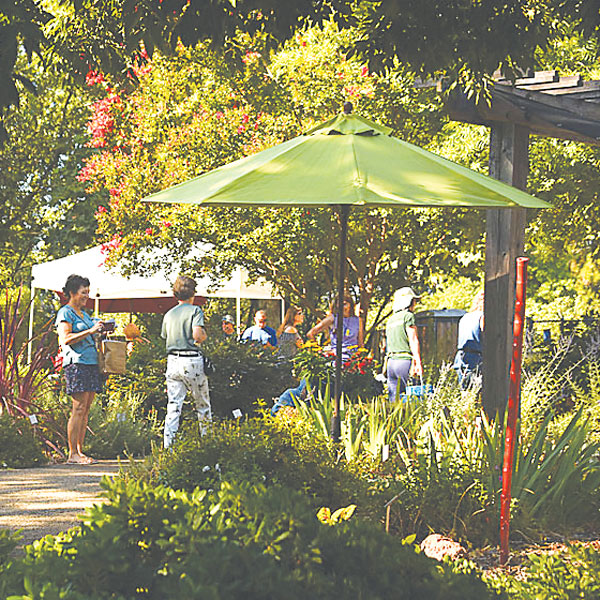
Apr 28, 2024
Kind-hearted folks adopt rescue dogs. I adopted a rescue potato.
Like a dog, the humble rescue potato requires food, water and loving care. A potato will not offer companionship or cute tail wagging, but the reward is embracing an abandoned, endangered edible. Plus, good eating.
My potato already had a name, Bodega Red. Once, it was the star spud of the Bodega Bay and Tomales Bay area. Sorely neglected, Bodega Red was thought to be extinct more than 50 years ago.

Apr 16, 2024
The Big Blow or, in meteorological parlance, the atmospheric river storm, howled through town in early February. Accompanied by 60 mph winds, it toppled trees, power lines, fences and all things not secured or firmly rooted. The county declared a state of emergency.
Surveying my wounded garden afterward, damage appeared minimal. I found fences and trees still upright. But what a mess. Winds ripped oranges, limes and lemons from my trees. The yard was littered with citrus. I gathered it up and carried it inside.

Feb 28, 2024
Want to know a secret? Sacramento’s best bargain is not Costco’s hotdog lunch or thrift store discards. It’s the Fair Oaks Horticulture Center, tucked into the back of Fair Oaks Park on a 1-acre spit of land.
The center has been called “Disneyland for Gardeners,” but there are no long lines and triple-digit tickets. Admission to public events and parking is free. UC Master Gardeners staff the events and maintain the gardens. Next event is an Open Garden on Saturday, March 16, from 9 a.m. to noon.

Jan 28, 2024
My millennial son asked if it’s possible to grow summer vegetables indoors. A large, rambunctious dog roams his backyard, which resembles Road Warrior terrain.
It wasn’t the site question that intrigued me, but his reason for growing his own food for the first time—nutritional and health benefits. He and my daughter-in-law are workout fanatics. They’re extremely particular about ingredients they use in meals.
It was only a matter of time before they stopped “borrowing” my fruits and vegetables and explored their own home garden.

Dec 28, 2023
My dishwasher threatens a work stoppage. I have a repair warranty. If I lose my phone, I have insurance. If my car is crushed, I have coverage.
I’m not aware of any warranty or insurance that covers and reimburses everyday plant calamities. When pricey trees, shrubs or perennials die or create havoc, you pay to remove and replace the problem plants. Ouch.

Oct 28, 2023
Wind and sunlight allowed grandma to dry clothes on an outdoor line. Passive solar architectural principles were used by ancient cultures to warm and shade homes thousands of years ago.
Today, housetraining the elements of weather stirs a dust devil of options for gardens. Wind and the sun deliver clean, renewable energy for gardening tools and decorative outdoor products. Some are utilitarian, others save energy. Many are simply art.
As gift-giving season approaches, neighborhood nurseries and home centers stock a variety of jaw-dropping options powered by nature and created by clever minds. And you thought sun was for tanning, and wind for flying kites?











